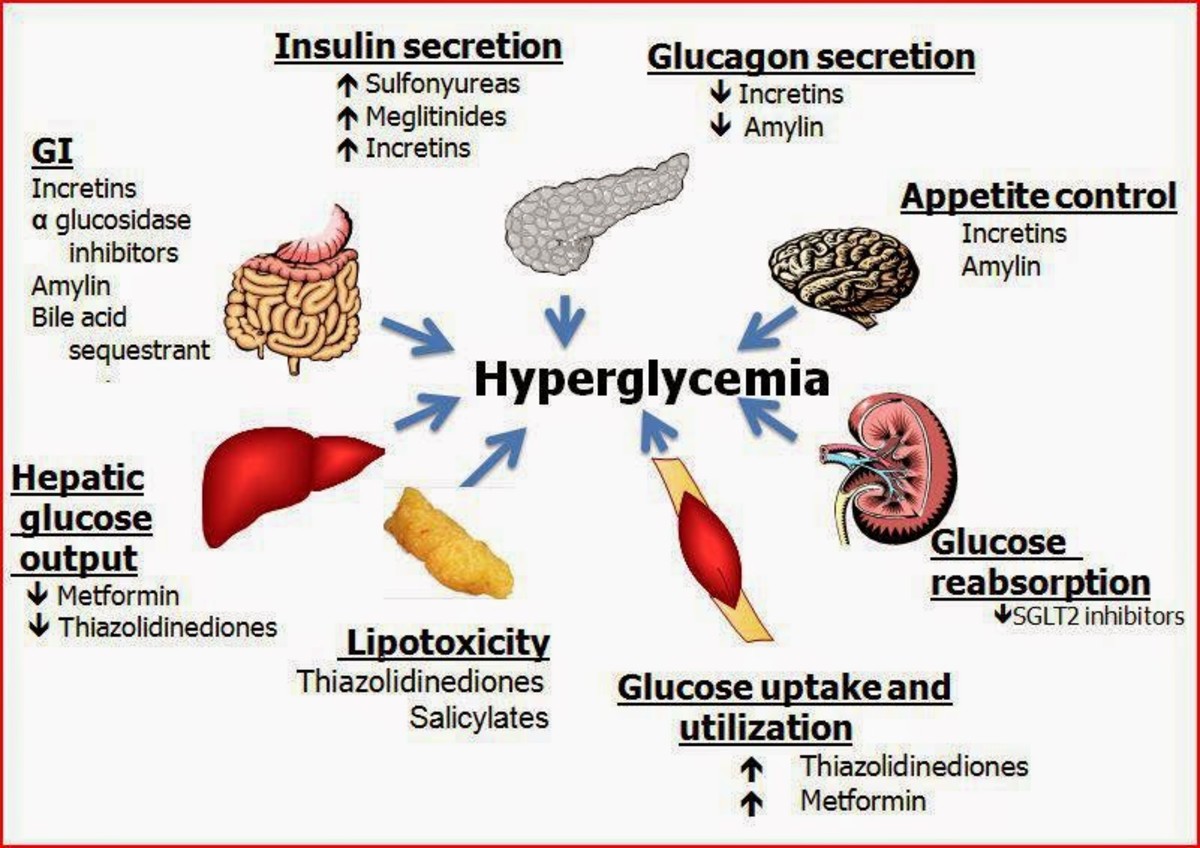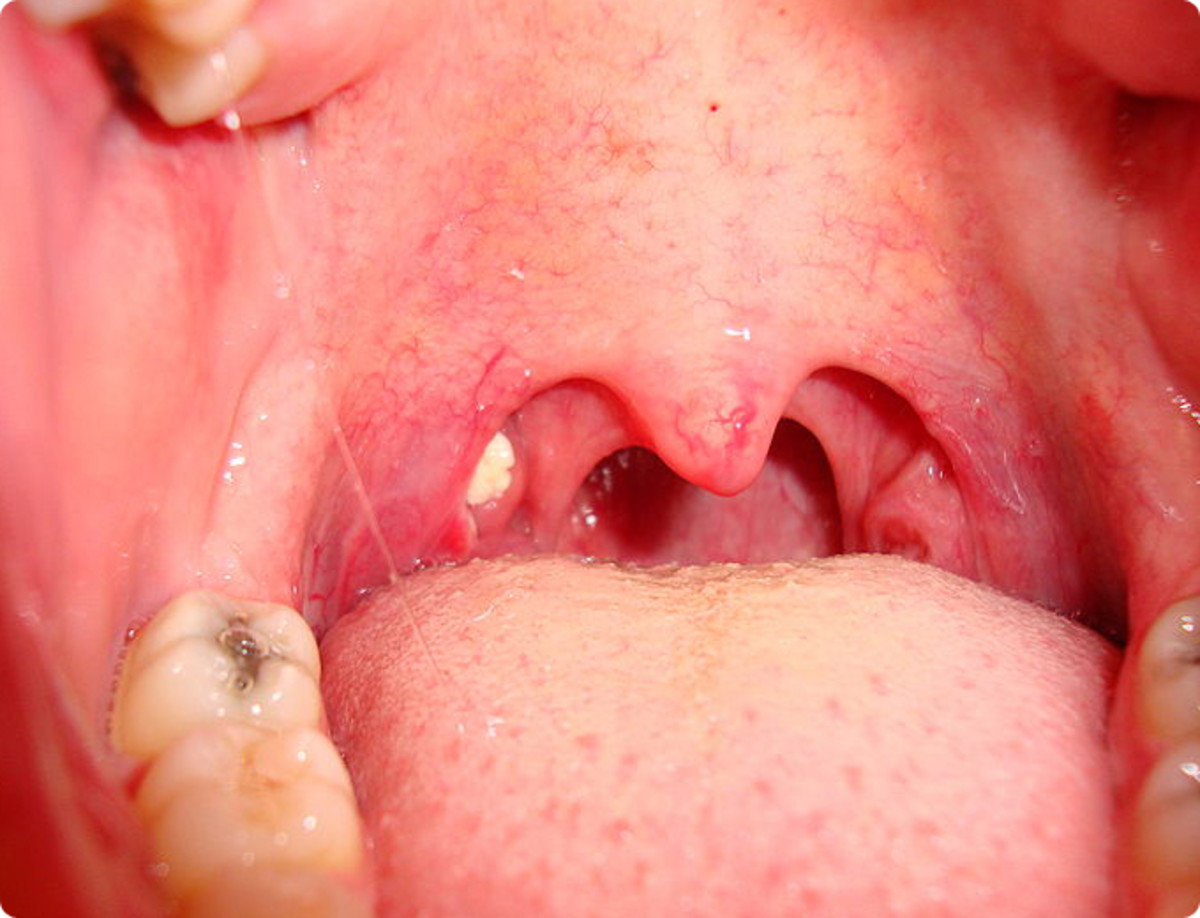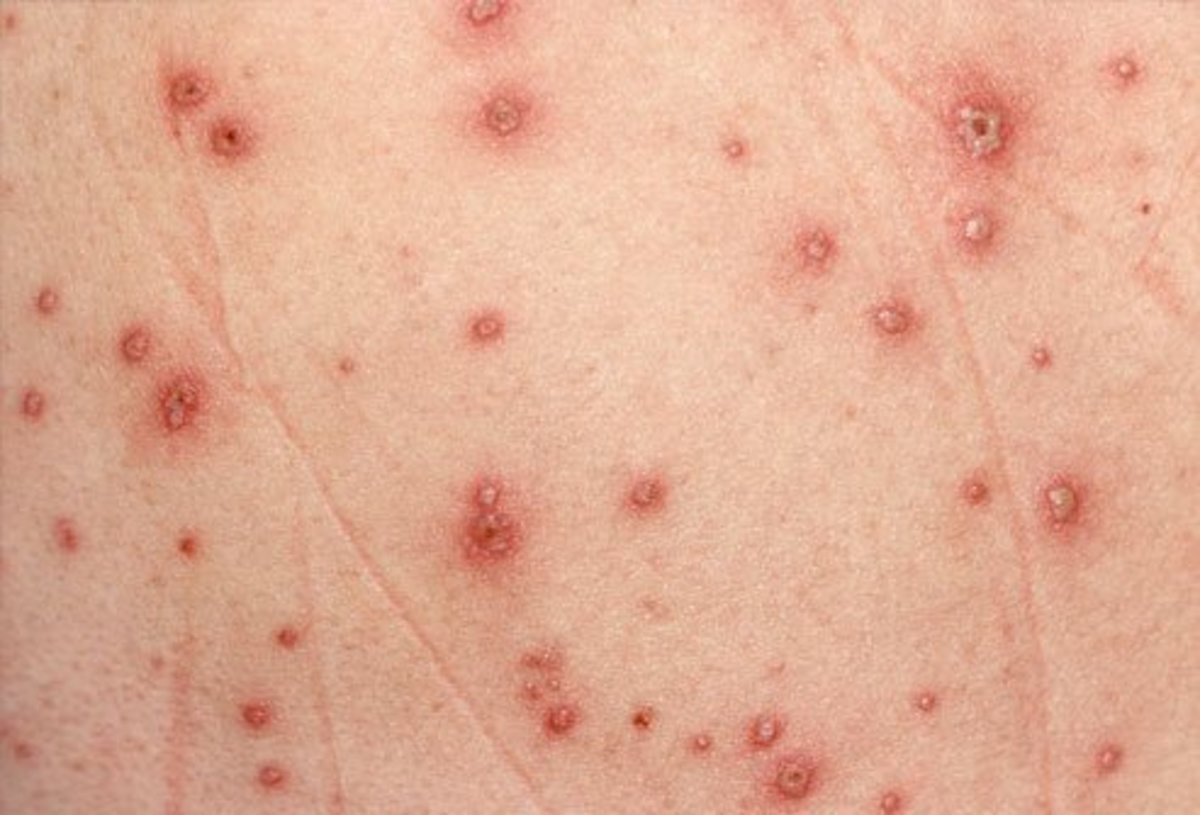How to prevent diabetic ulcers
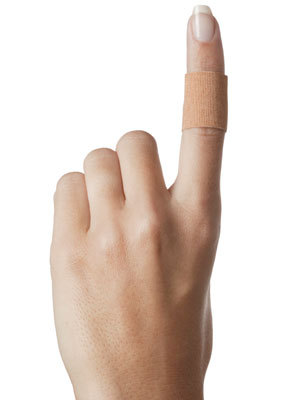
We’ve all had cuts and scrapes at least once in our lives. Except for the intense burning of a paper cut, most of us wash it off, possibly use a small bandage and then carry on not giving it much more thought. After a couple of days we’re healed and as good as new. For those with diabetes it’s not that simple. Wounds don’t heal as easily or as quickly. If something as seemingly insignificant as a blister from a new pair of shoes is not treated properly it could become worse. Even more concerning, if an injury occurs and remains unnoticed such as a foot with no feeling stepping on a piece of glass, the situation could result in the loss of body parts or even death!
Now you’re asking, How can a person cut their foot on a piece of glass and not know it? You may also wonder how something as small as a blister could cause such serious consequences. If that person had diabetes then, these scenarios can occur very easily and unfortunately do way too often. Most of us realize that it is important for a diabetic to eat a diet low in sugar filled treats and check blood sugar levels often. What many don’t know are all the other things that should be monitored, why and what happens if they are not. In this article I will give a general description of diabetes, what blood glucose level is and what the effects are when this level is outside the normal range.
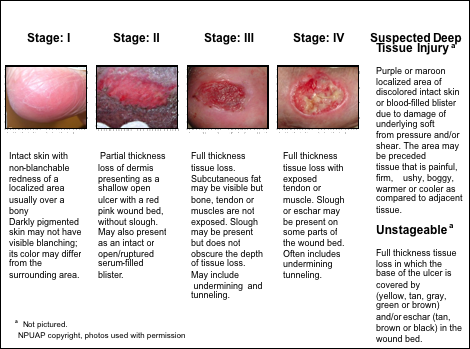
Uncontrolled Diabetes
Diabetes refers to a group of diseases that affect how the body uses blood sugar (glucose)-the primary energy source for all cells of the body. The body produces a hormone called insulin that controls glucose levels in the blood (normal range is 70-130 for diabetics) by making all cells of the body take in glucose for energy more efficiently. If the process is hindered in any way the blood glucose level remains high causing damage to cells in all the body systems. This damage is caused by hardening of the walls of the tiny blood vessel called capillaries which supply nutrients (blood and oxygen) to every part of the body. This in turn, causes damage to the body part supplied: blood vessels, heart, lungs, eyes, kidneys, nerves, arms, legs, fingers, teeth, immunity and more.
When the nerves are affected it results in a diffuse burning sensation and numbness (usually in the legs/feet). This condition is known as neuropathy and is exactly ‘how’ a person could sustain wounds to the feet, legs or hands without knowing it. With a healthy immune system, a situation like that would probably resolve on it’s own with little attention from you. However, if you have diabetes your first defense against infection, white blood cells, do not function properly increasing risk for infection. At the same time the damaged tissue needs extra blood and oxygen to repair itself but is not getting either due to a faulty transport system (capillaries). In essence, this downward spiral of events causes starvation of the damaged cells resulting in death of the cells and eventually enlargement of the wound. This is why something as simple as a tiny paper cut or small blister on the foot can turn into a deep wound and death to the surrounding tissue. Bacteria feeds off the dead tissue creating an environment for more bacteria and more damage. If the cycle is not broken the wound can grow larger and deeper and the blood supply decreases to the point that the tissue turns necrotic (dead, black, hard tissue). When a wound has reached this stage, removal of the necrotic tissue is the only option. It’s also the only chance of saving adjacent flesh from the same fate! In some cases, if an infection is left untreated it can enter the bloodstream resulting in multisystem failure and even death!

Monitoring & Prevention
So, what can the diabetic person do to avoid all these complications? The number one weapon in your arsonal is to maintain a balanced blood glucose level by checking it daily and treating it with diet, exercise and medication if prescribed by your physician. Second, skin care is of the utmost importance. Anything that could cause injury to feet and legs such as clipping nails too short, pedicures, wearing tight shoes, shaving or even dryness and cracking of the soles and heels can cause injury. Using lotion may help prevent cracking but be careful not to put between toes as this will allow moisture to accumulate causing skin to break down and a wound to form.
It’s best to keep a record of glucose levels, treatment and any new or worsening symptoms as well as any changes to your regimen or lifestyle so that you can take it with you to regularly scheduled appointments with your primary care physician and endocrinologist (a doctor specializing in the treatment of diabetes and like conditions).
Together you can work as a team to optimize your diabetes management plan. Be your own best advocate! Educate yourself, be consistent and persistent in blood sugar control, skin care and yearly exams.
Diabetic Foot Exam-What You Should Be Checking
Educate Yourself
- Amazon.com: Bayer Contour Blood Glucose Monitoring System - Pacific Blue: Health & Personal Care
Amazon.com: Bayer Contour Blood Glucose Monitoring System - Pacific Blue: Health & Personal Care
© 2013 Shawn Holmes



